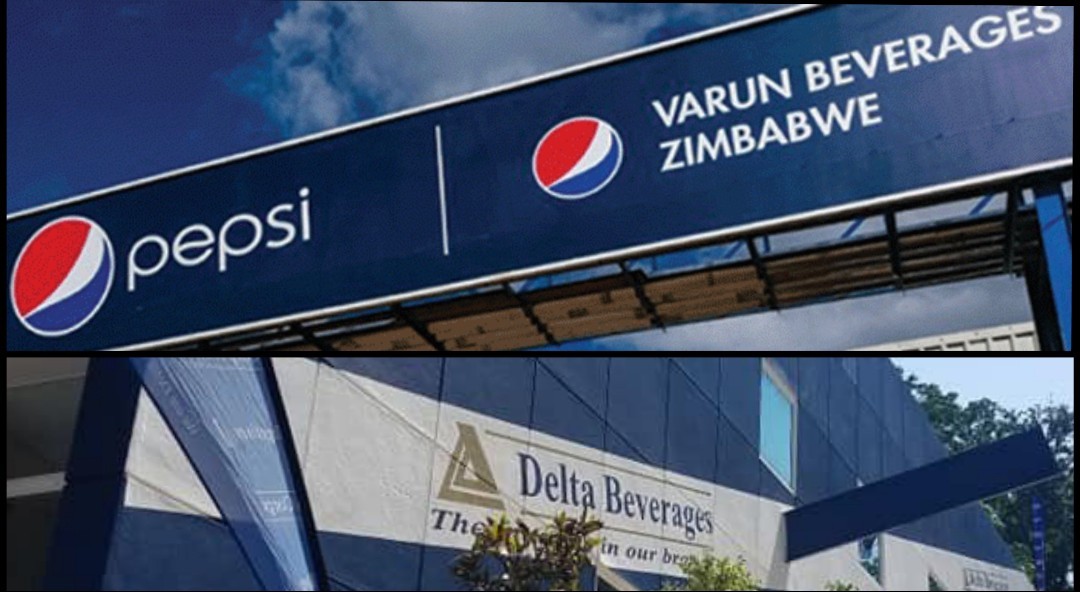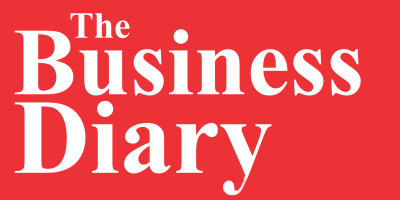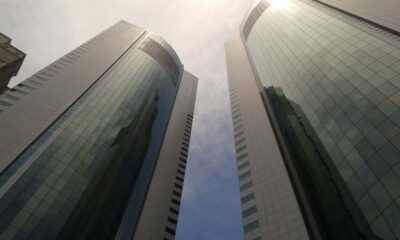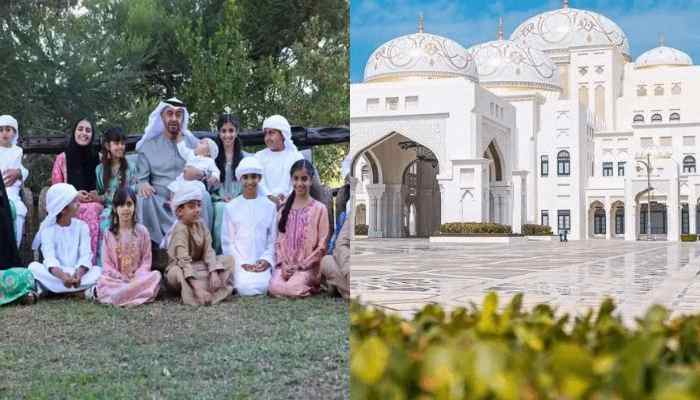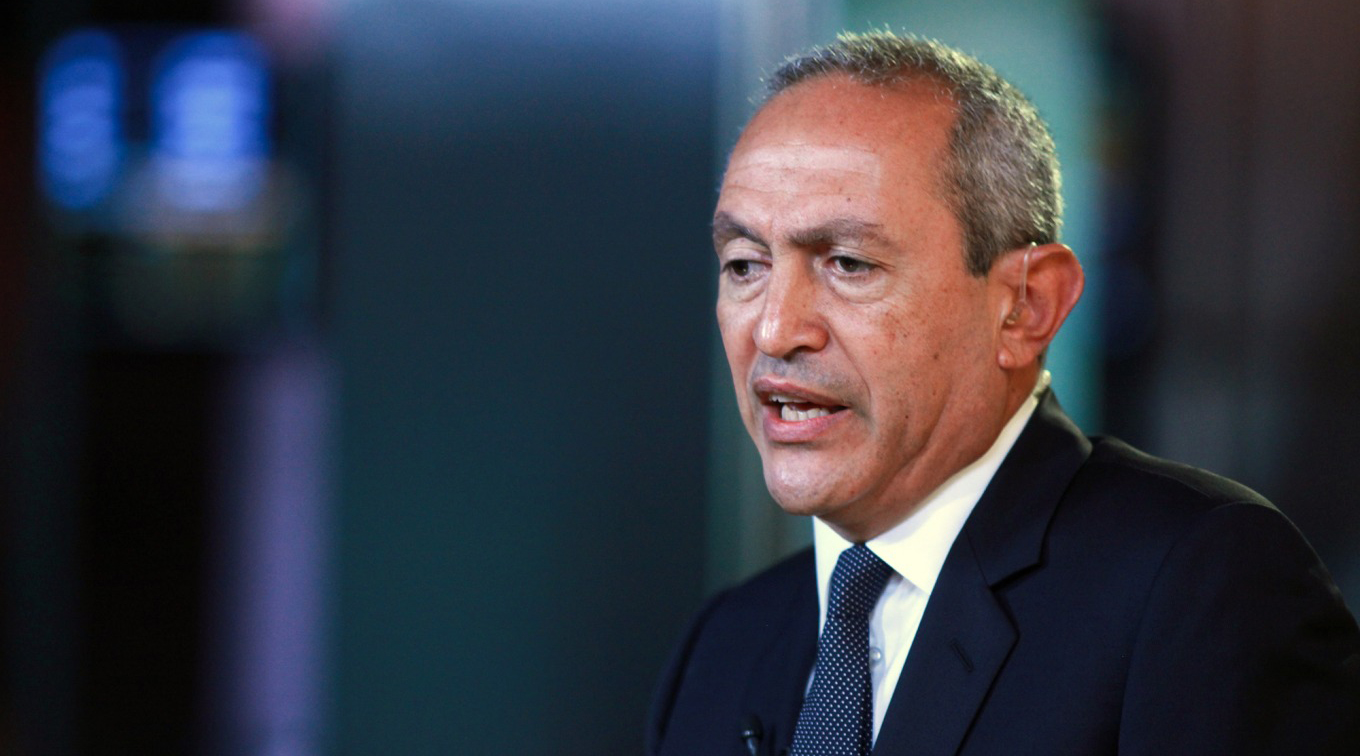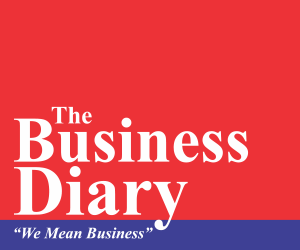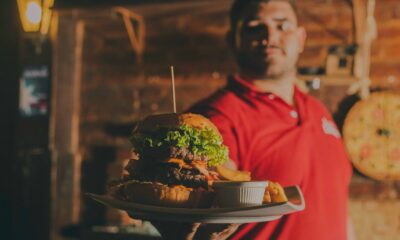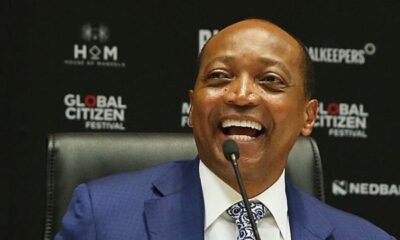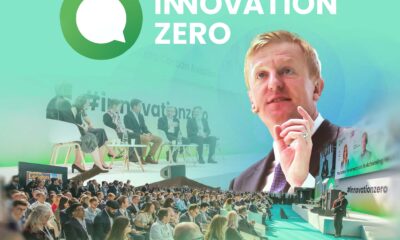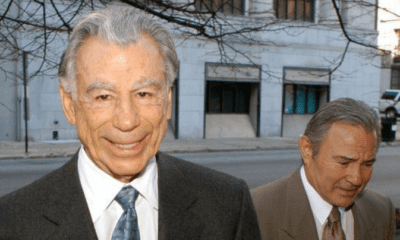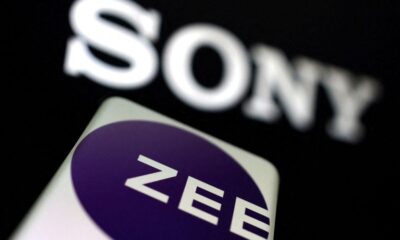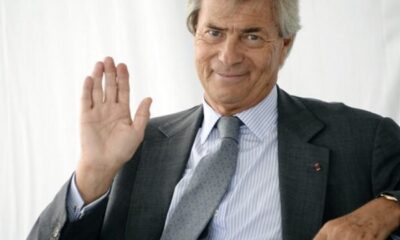Delta Corporation has been in the Zimbabwean market for 126 years. It first launched in 1898 as The Bulawayo Brewery and this later became Delta Corporation. Before becoming Delta Corporation Limited in 1978, it went through a merger in 1928 and acquired Castle Breweries in 1952. In 1954, Delta Corporation started making Coca-Cola products, making them the oldest and most popular brand in the country. In 2001, it restructured and focused on beverages and associated businesses.
For the longest time, Delta Beverages Pvt Ltd enjoyed a large market share in the Zimbabwean soft drinks market. However, in 2018, VARUN BEVERAGES LIMITEDlaunched in Zimbabwe. It invested USD 110 million, and since then, Varun has been growing rapidly in the past few years. This means that Delta Corporation has been facing competition from Varun Beverages despite an increase in revenue in 2023.
In this article, I will focus on a digital marketing analysis for both Delta, the established leader in the beverage industry, and Varun, the new and innovative player.
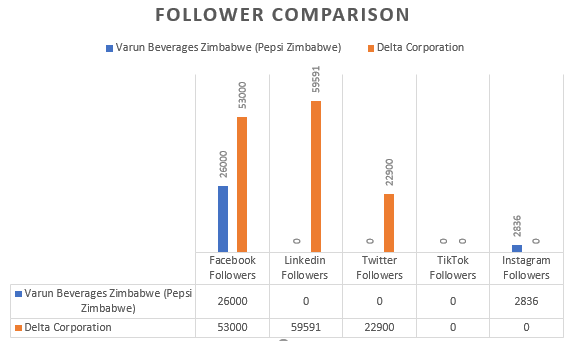
First, I looked at the social media presence of the two companies. Varun is only present on Facebook and Instagram with a following of 26,000 and 2,836, respectively. Delta has 53,000 followers on Facebook, but it has the most followers on LinkedIn with 59,591 followers. It also has a decent following on X (formerly Twitter) with 22,900 followers. Both companies are not on TikTok, and Delta is not on Instagram where Varun is present. Based on this analysis, where I looked at five major social media platforms in Zimbabwe, Varun is present on two and Delta is on three. They both need to improve their social media presence, especially considering their size. I give Varun a 3/10 and Delta a 4/10.
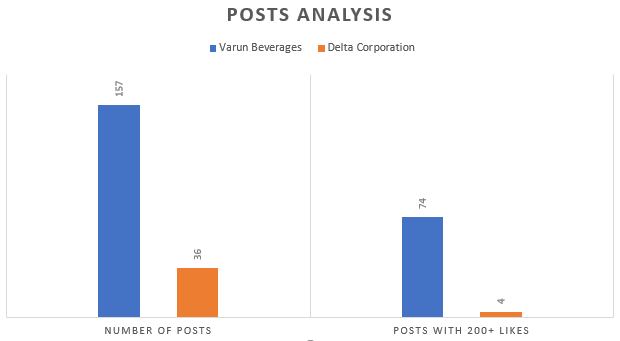
Varun Beverages and Delta Corporation Post Analysis
After looking at their social media presence, I went to Facebook, the platform where they are both present, and looked at their post frequency over a period of 85 days, from November 1, 2023, to January 25, 2024. Varun made 157 posts in that period, and 47% of those posts (74 posts) had more than 200 likes. Delta, in the same period, made 36 posts, and only 11% of those posts (4 posts) had more than 200 likes. Based on these results, Varun has more engaging content than Delta. We can attribute this to the fact that Varun posts more than Delta.
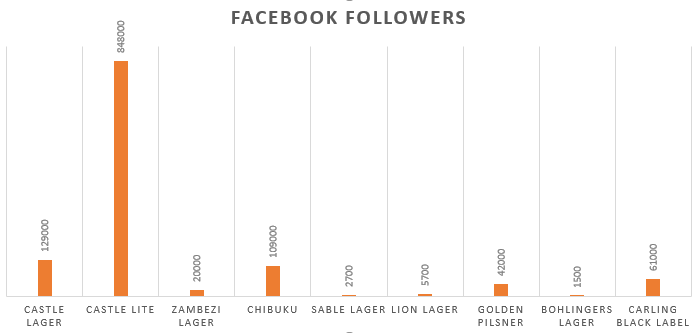
Delta Beverages Facebook Followers
Lets focus on Delta’s product pages on Instagram and Facebook. These pages exclusively promote alcoholic beverages, not non-alcoholic ones. The main outlier on Facebook is the Castle Lite page with 848,000 followers. However, its engagement rate doesn’t match its large following. Between November 1, 2023, and January 25, 2024, they only posted 19 times, and only one post had over 200 likes.
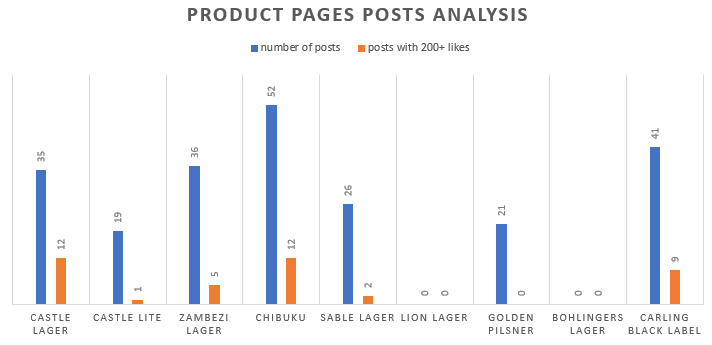
Varun Beverages and Delta Corporation products pages posts analysis
The page with the most posts, Chibuku, has 109k followers and posted 51 times, but only 12 posts garnered over 200 likes. Lion Lager and Bohlingers Lager pages didn’t post at all during this period and also have the lowest follower count. Bohlingers Lager has the fewest followers with 1,500. Castle Lager had the highest engagement rate, with 34% of its 35 posts reaching over 200 likes.

Delta Beverages instagram followers
On Instagram, their top-followed product pages are Castle Lager, Castle Lite, Zambezi Lager, Chibuku, and Carling “My Darling” Black Label, all with an average following of 4,725. Golden Pilsner is the only one without a product page, and Bohlingers Lager is still the least followed.
The idea of having separate product pages is strategic. Each product has its own audience, branding, and marketing materials. This approach shifts the focus from Delta as a whole to individual products. It also creates a public relations buffer: in case of a Delta scandal, these pages wouldn’t be affected because they don’t draw attention away from the main Delta page. Similarly, they wouldn’t be compromised in a cyber security breach.
However, I question why they don’t do the same for the soft drinks division. Having a dedicated page or even multiple pages focused on soft drinks would be better than lumping them under the main Delta page. This would better reflect the company’s focus on soft drinks. The content quality and posting frequency on these pages suggest a lack of social media marketing strategies beyond simply posting. While the initiative itself deserves an 8/10, their execution merits a 4/10.
Moving on to websites and SEO, I was surprised to find Varun Beverages Zimbabwe doesn’t have its own website. Delta does have a site with an overall score of 74, which is considered average. Its performance score is only 14/30. The page size is 1.3MB, which is acceptable for loading speed. However, it has 60 page requests, which slows down the site significantly. This is reflected in the page speed of 7.6 seconds, far from the standard of 5.3 seconds. While it passes the browser cache test, has minimal page redirects, perfectly fitting images, and minified Java and CSS, its SEO score is only 25/30. It has a meta description, allows page indexing, and uses content plugins, but lacks descriptive link text. Security-wise, it scores a low 5/10 because it’s an HTTP site, not HTTPS, although it does have secure JavaScript libraries.
Its domain authority (DA) is 31, which needs improvement. It has 224 linking root domains, 19 ranking keywords, and a 1% spam score. The site’s most important page is www.delta.co.zw/ with a page authority of 37. The top linking sites are en.wikipedia.org (DA 98), de.wikipedia.org (DA 94), and sakura.ne.jp (DA 93). Its top ranking keywords are “delta corporation,” “castle lager,” “delta airlines corporate governance,” “nampark,” and “delta core values.” The highest-volume keywords reflecting the brand are “delta corporation” and “delta brewery.”
For site aesthetics, I give it a 7/10.
On Google Maps, searching for “beverages companies in Zimbabwe,” Varun ranks 3rd with a 4/5 rating, Pepsi Zimbabwe ranks 6th with a 4/5 rating, and Delta ranks 8th, 16th, 18th, and 19th with an average rating of 4/5.
Based on my analysis of digital presence:
Varun: 3/10
Delta: 7/10
On content quality:
Varun: 6/10
Delta: 5/10
SEO comparison is difficult since Varun lacks a website.
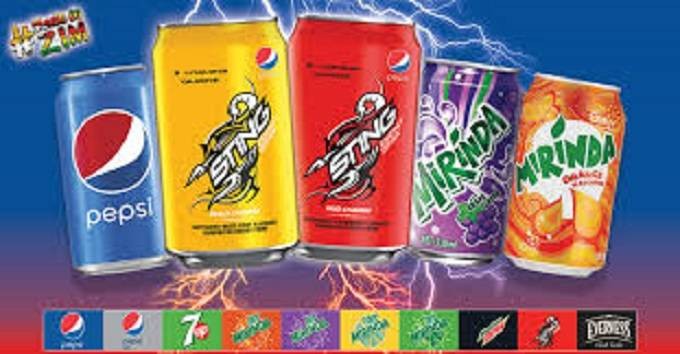
Varun Beverages
large companies should invest in digital marketing. Building dedicated social media teams and crafting individual strategies for each page and product is crucial. Additionally, leveraging platforms like TikTok, now a powerful search engine, is essential. The content they create should not only promote their products but also add value to the audience, stimulate conversations, and encourage engagement.
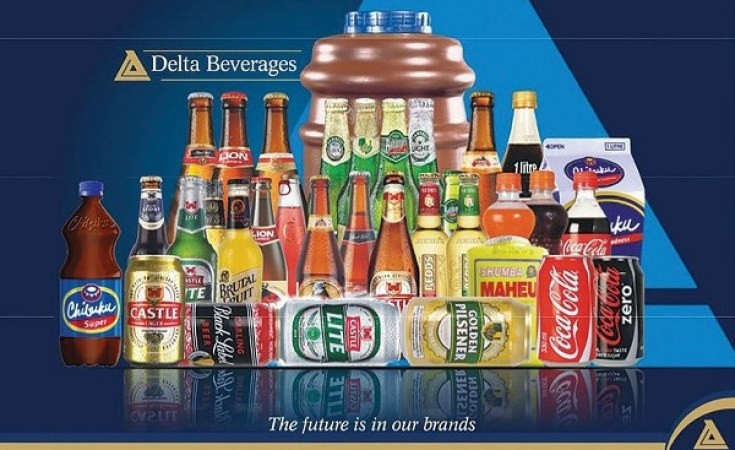
Delta Beverages
While Varun excels in traditional marketing with disruptive methods that have fueled its success, neglecting digital marketing would be a mistake. Competition is fierce online as well as offline, and they need a strong digital presence to maintain their market share.
As the established market leader, Delta risks becoming complacent. Varun’s success in the soft drinks sector necessitates a strategic shift for Delta to protect its alcoholic beverage market share. Embracing digital marketing is key to safeguarding their position and remaining competitive.
Source: Simbarashe Mukondo

